GLFP 9th Cohort visited Minamata and Kumamoto.
Mar. 22, 2023
For four days and three nights from February 7th through the 10th, 2023, on GLFP field trip, 17 of GLFP 9th Cohort, faculty and staff visited Minamata City and Kumamoto City in Kumamoto Prefecture.
The purpose of this field trip was to provide the students with valuable opportunities to focus on the themes of “Environment, Human rights, and Economy”, and “Multiculturalism”, respectively, in each city. In Minamata City, they examined a sustainable relationship between the environment, human rights, and economy by learning about the background of Minamata disease; in Kumamoto City, they deepened their understanding of multiculturalism to consider what they can do in line with the policy guidelines, leading to the realization of a multicultural society of Kumamoto City.
Although we departed from Haneda Airport for Kumamoto by airplane as planned on the first day, unfortunately, due to unfavorable weather conditions, we were unable to land at Kumamoto Airport, and forced to return to Haneda Airport that was totally unpredictable. In the meantime, the students calmly accepted such a terrible situation by encouraging each other to reach out to the destination. That brought rays of hope to us. Finally, we were able to land safely at Kumamoto Airport via an alternative evening flight of the airline, arriving at the hotel in Minamata City past 9:00 p.m. To our disappointment, the scheduled activities for the first day had to be cancelled. After the unexpectedly long trip, the students looked a little tired. However, despite the unfortunate incident, they showed their cheerful smiles on the bus travelling to Minamata City.
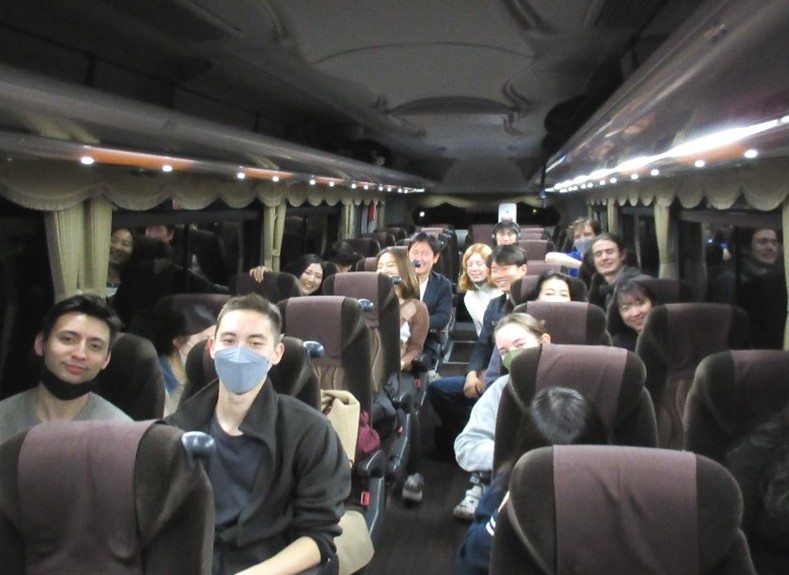
From the second day onward, as per the original schedule, on the morning of the second day, we visited a dismantling company that focuses on the collection and dismantling of used home appliances in Minamata City, which is working to create an environmentally friendly and sustainable community and toured the factory while receiving an explanation of the dismantling process.
At the next stop, the National Institute for Minamata Disease, we were introduced to the research content and received a lecture on the institute’s international contribution to addressing global environmental problems. The tour included a visit to the rehabilitation room for Minamata Disease patients at the institute, where we experienced the motor function-assisted device actually used and received explanations about how to rehabilitate.
The sweeping view of Minamata Bay from the institute's elevated location was so beautiful that the students seemed to enjoy it to the fullest, taking pictures, and so on. In the afternoon, we heard from local people who act as truth-tellers working to promote the splendor of the fertile Minamata Bay to the world, about the diverse sea creatures that can be seen in Minamata Bay today, along with the valuable materials including many videos and photos.
Although the students honestly commented, “We had never imagined that such a various range of organisms could inhabit Minamata Bay, given its tragic historical background before visiting Minamata.”, they were deeply impressed by Minamata residents' environmental restoration efforts over the years as well as the dreams or aspirations for the future of Minamata expressed by the lecturer. In the evening, we left Minamata and took the Kyushu Shinkansen to Kumamoto City.
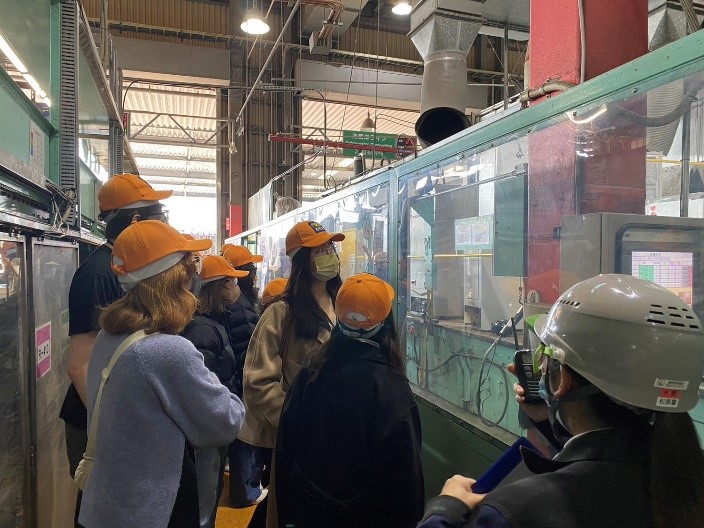
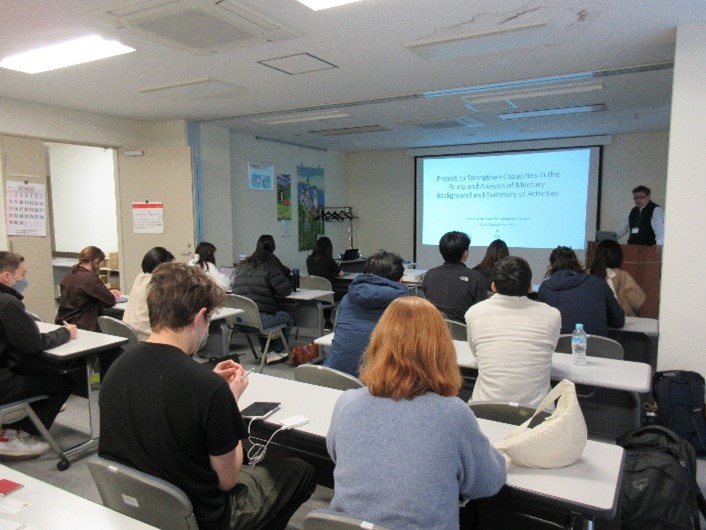
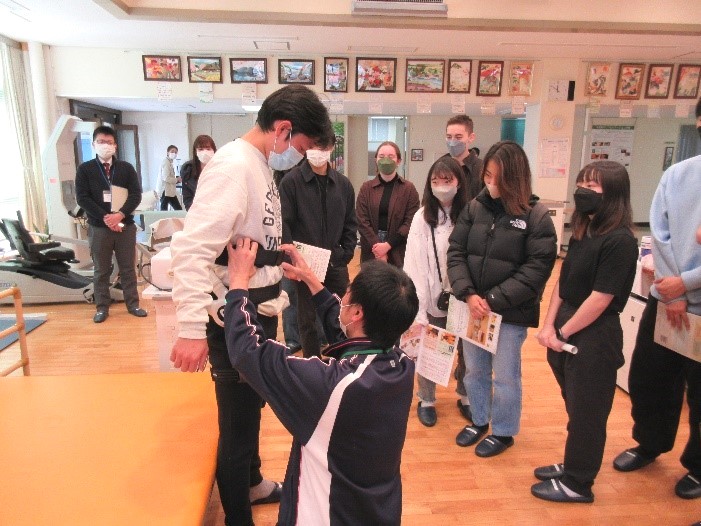
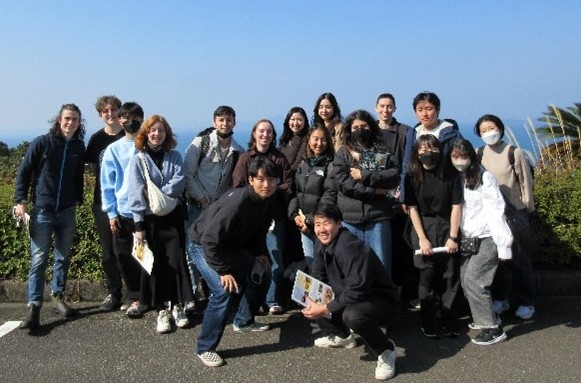
On the morning of the third day, the students were divided into four groups, and visited Kumamoto Castle under the guidance of local guides. Amidst the still-unhealed scars from the damage to Kumamoto Castle caused by the Kumamoto earthquake in April 2016, we were briefed in English on the restoration work requiring over the next 30 years and the history of the iconic Kumamoto Castle.
In the afternoon, at the Kumamoto City International Center, four foreign residents (Kumamoto University faculty members and Kumamoto Islamic Center members), who have been living in Kumamoto since the earthquake explained the various problems and difficulties, they faced due to linguistic and cultural differences at the time of the earthquake, followed by the discussion in each small group about multiculturalism with the four foreign residents.
The students appeared to be very interested in the actual experiences with disasters in Japan, a country not their own for the foreign residents, and how they overcame emergency situations, leading to a very lively discussion with a variety of questions and opinions.
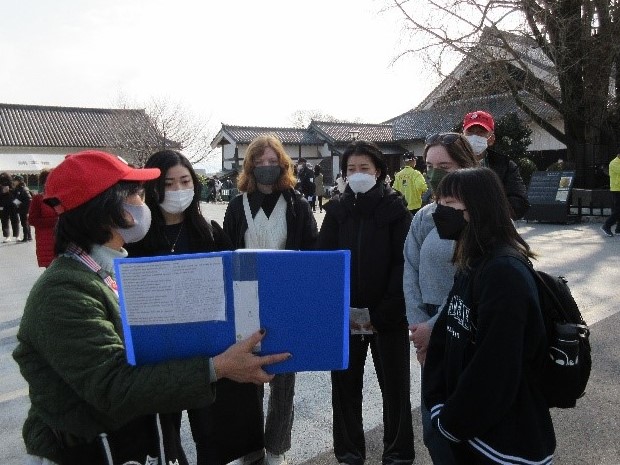
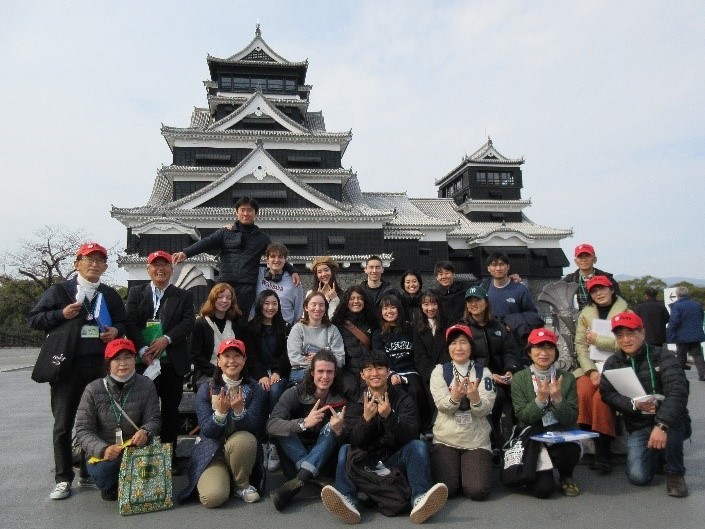
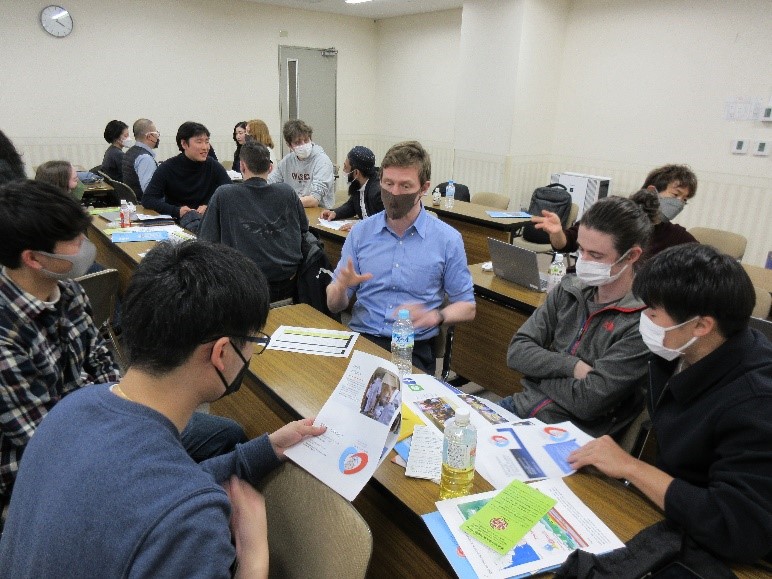
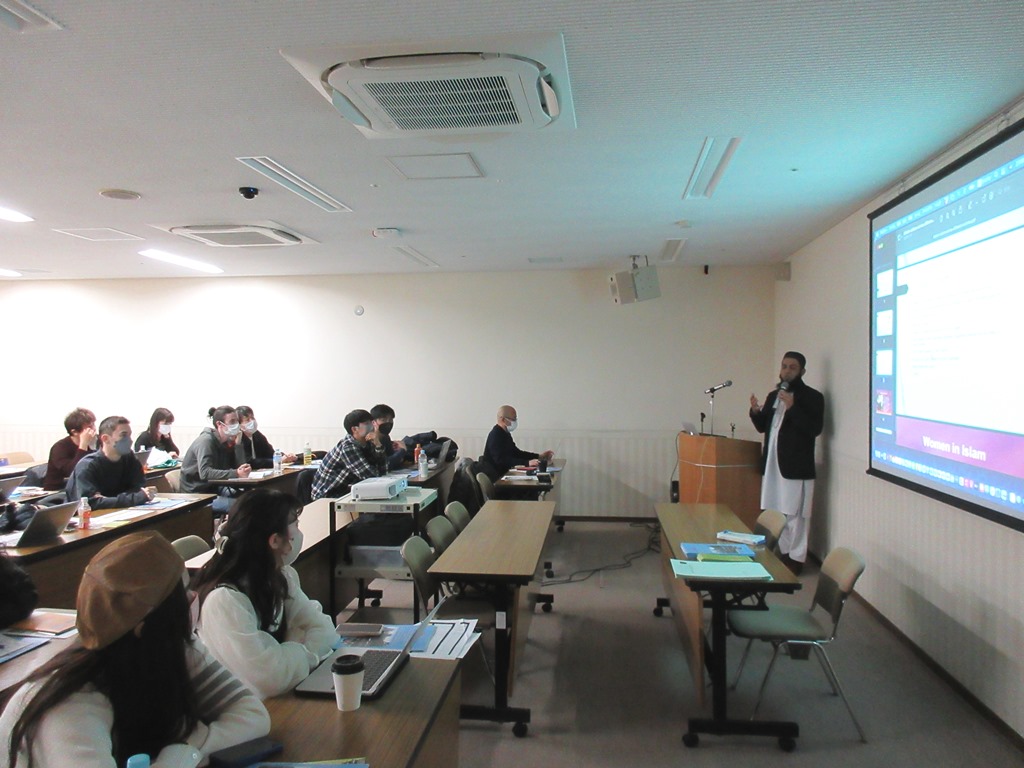
On the fourth and final day, we made a half-day excursion to the Aso region in the morning and returned to Tokyo in the afternoon.
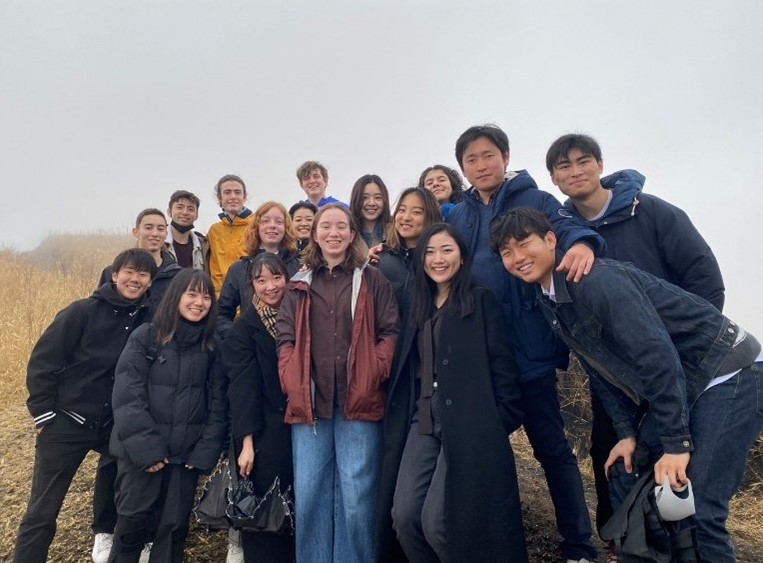
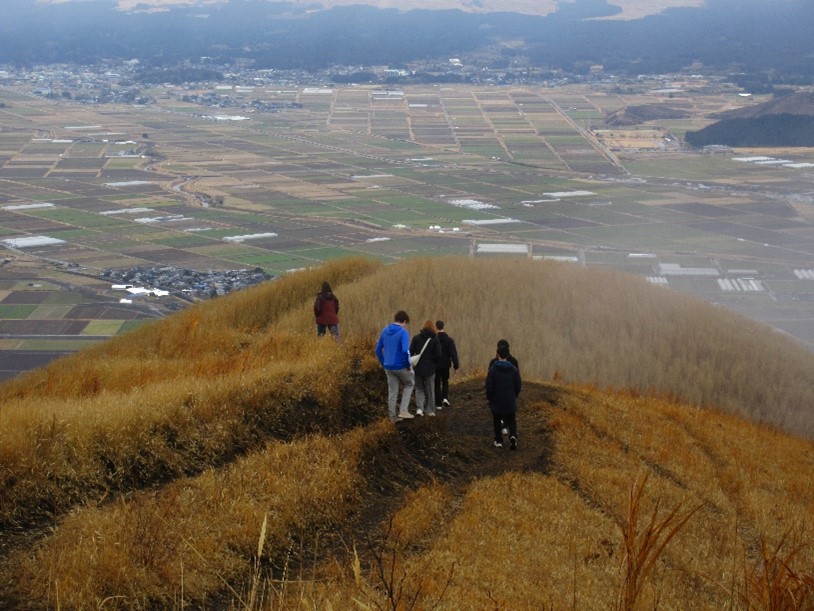
The four days brought about a great opportunity for the students to have hands-on and first-hand experiences that cannot usually be seen or heard on campus, in books, or on the Internet, and precious encounters with many people.
This field trip, the first in three years due to the Covid-19 pandemic, was very worthwhile and memorable, with a warm welcome at every destination.
